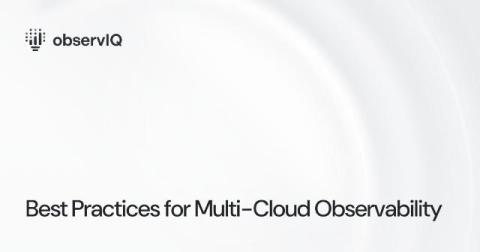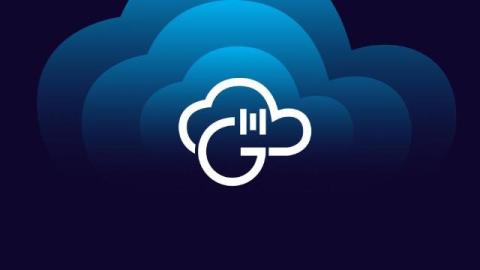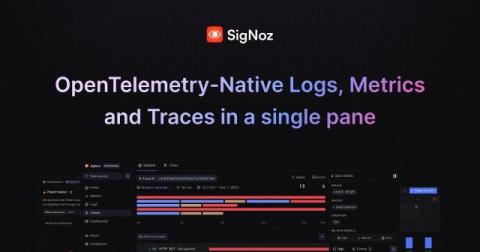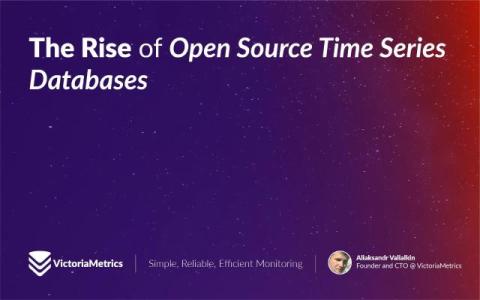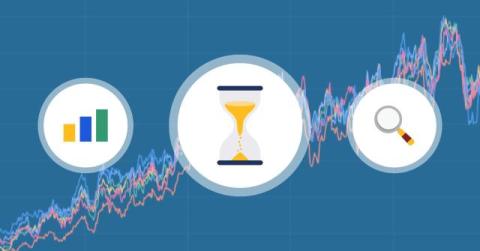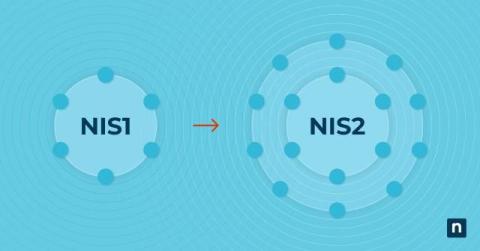The Role of Technology in Enhancing Incident Response Call Etiquette
The interconnectedness of today's business environment has significantly heightened the complexity of incident response (IR). The need for immediate action, precise communication, and real-time collaboration is more critical than ever. However, beyond the technical precision required in solving problems, there lies an often overlooked aspect of effective IR management: the etiquette of incident response calls.




